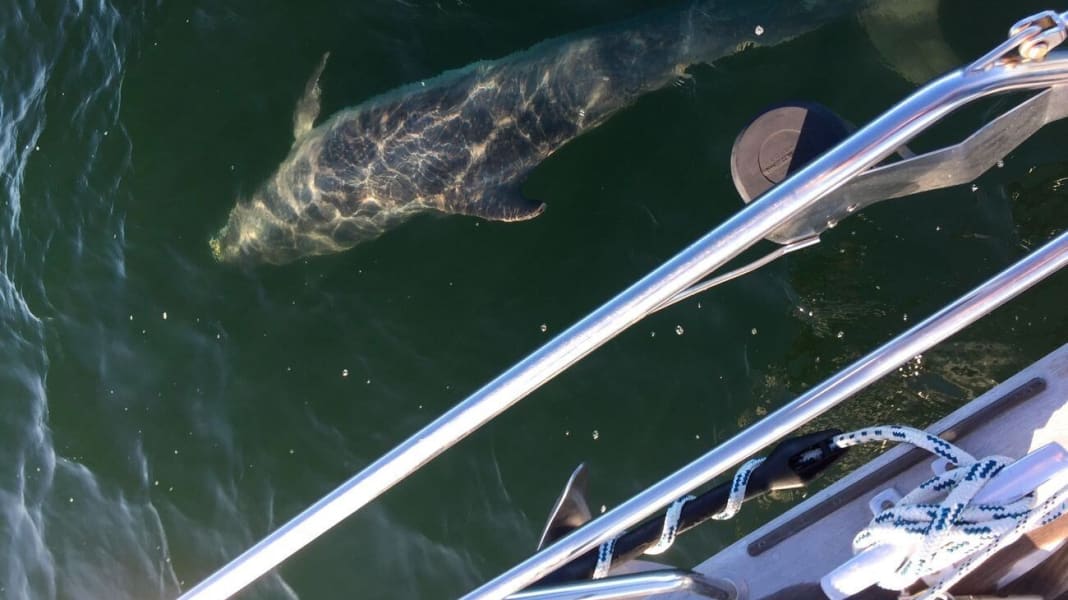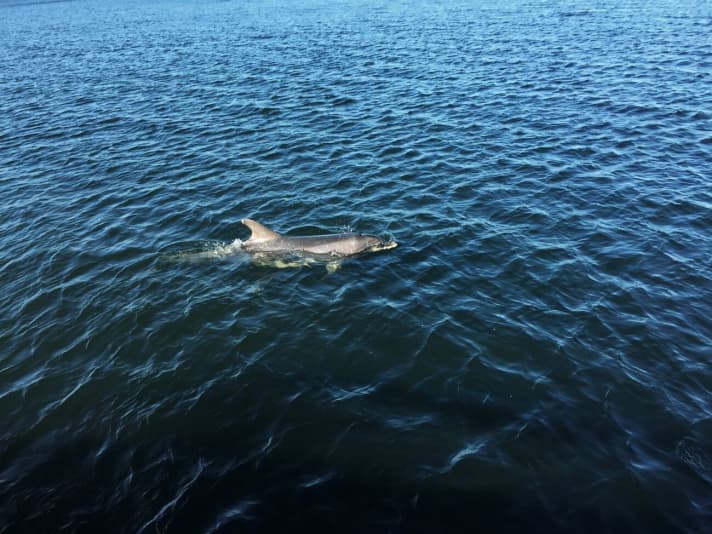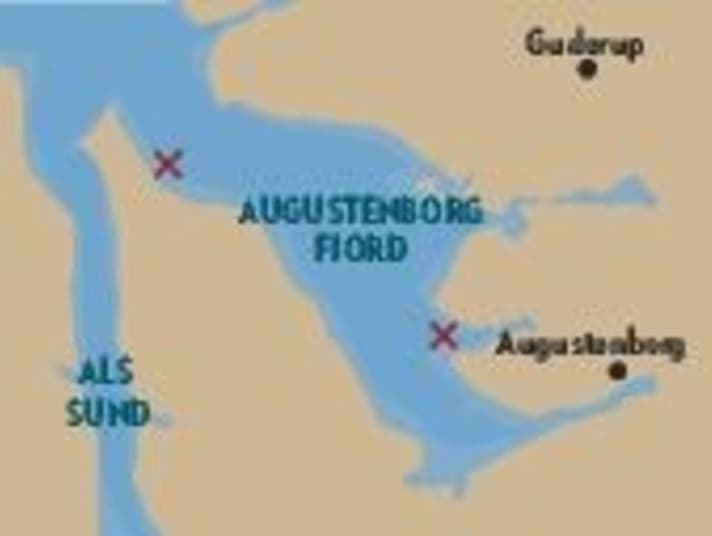
In its upcoming issue, YACHT reports on the astonishing approach of a dolphin to a yacht in the Baltic Sea. Professor Boris Culik from the Geomar Helmholtz Centre for Ocean Research Kiel explains the background.
Professor Culik, is the appearance of dolphins in the Baltic Sea really a new development? What are the causes?
Culik:In fact, there are and have always been various marine mammal species that have found their way into the Baltic Sea. This also applies to dolphins. The Danish website hvaler.dk lists current sightings. The Danish Belt Sea is the most affected. However, prominent guests such as the fin whale in the Kiel Fjord, the bottlenose dolphins Selfi and Delphi, the bottlenose dolphin Freddy and this year's dolphin Schwentini are also examples of this in recent years.

Are these isolated cases or are they signs of a fundamental change in the marine fauna?
So far, these are isolated cases: All the bottlenose dolphins mentioned were males, so no independent population can be established.
Earlier media reports and the video and photo material we have seen give the impression that the dolphins are looking for proximity to people or boats. Is this impression correct?

In fact, dolphins have been known for this since ancient times. They play with the bow waves of ships and seem to seek contact. Presumably they are simply very curious. A scientific study by Terrie Williams showed that surfing in the bow wave is for dolphins like travelling by bus is for us: effortless.
In the case described and documented in Augustenborg Fjord, the dolphin keeps coming back. approaches the boat, dives under it, lies on its side and looks up at the skipper. Is this "play instinct"? Or what else explains this behaviour?
Yes, that's how I would see it too, play instinct and the desire to understand this unknown something. The bottlenose dolphins mentioned were probably all juveniles and had a lot to learn.
Is it dangerous to get into the water with such a Tursiops truncatus?
The animals have a similar weight to a horse, and a blow with the tail fin can have serious consequences. They often play with harbour porpoises in such a way that they end up dead. However, I am not aware of any human attacks to date, presumably because they do not trigger a hunting instinct. The best example of this is the New Zealander who was accompanied by a group of orcas while swimming without reacting to the animals. There is also an impressive drone video. In any case, you shouldn't touch the animals - easier said than done when they come closer and closer with curiosity - to avoid transmitting germs.
Is the change in marine fauna in the Baltic Sea against the backdrop of climate change good news or sad news?
Climate change is perhaps less important in this context than the recovery of the dolphin population in the North Sea, one of the reasons cited for the increased occurrence in the Baltic Sea. And here there are also interesting fish prey such as sprats, herring and mackerel, as well as cod, which occur in large numbers at certain times, for example during spawning, and provide plenty of food.
How do you see the future development?

That depends on how the fish stocks in the Baltic Sea recover, although I assume that they will. But it is also linked to other negative influences, such as the use of underwater shooting ranges and the detonation of old munitions.
How should sailors behave when they spot such unusual animals or, as in this case, come into their company?
In the case of the Kiel dolphins, stopping and switching off the engine caused the animals to lose interest in the boat. So I would say: stay on course and if the dolphin turns off, perhaps try to make contact again by changing course. Under no circumstances should you approach closer than 50 metres, the whales have to want to come closer themselves.

